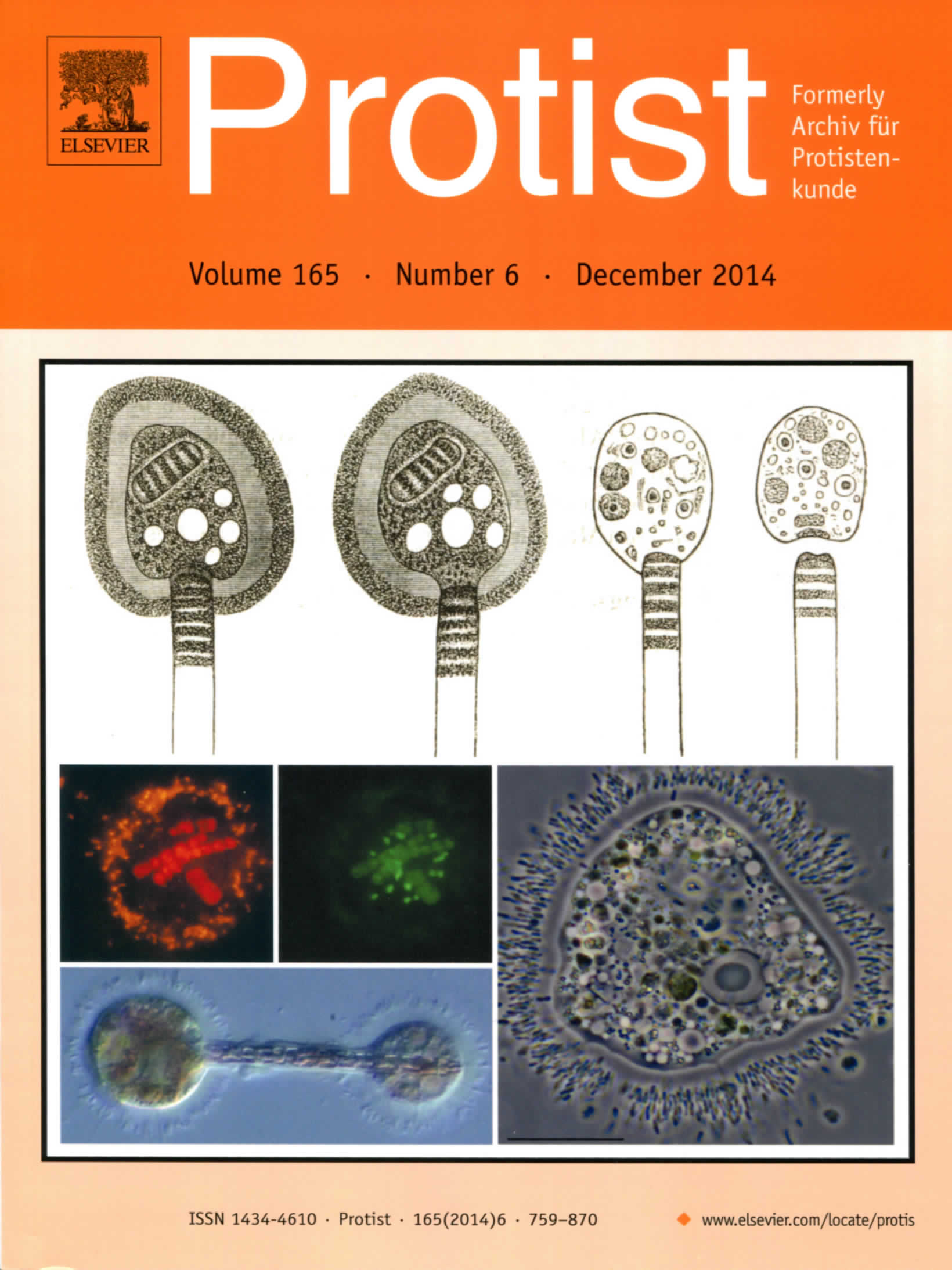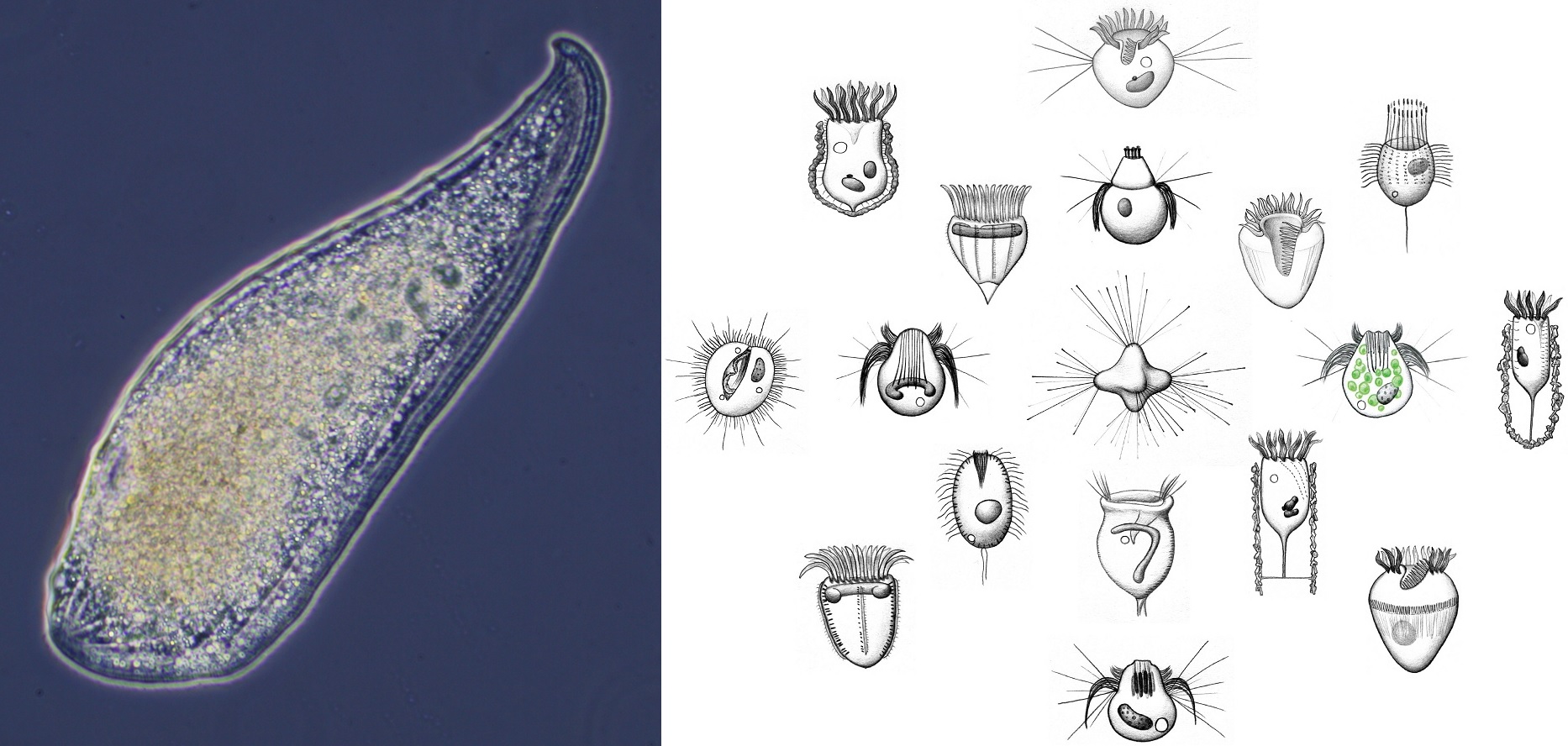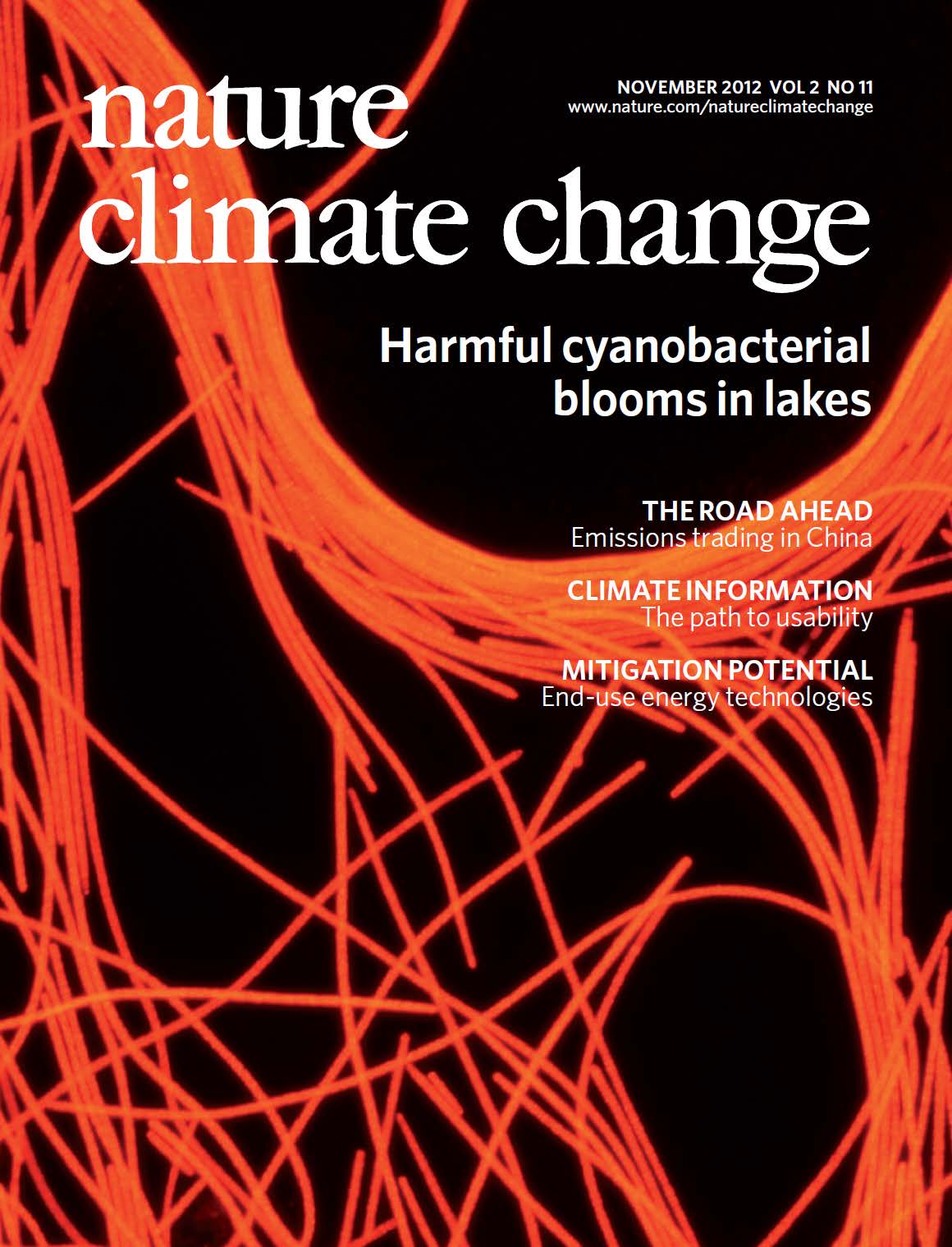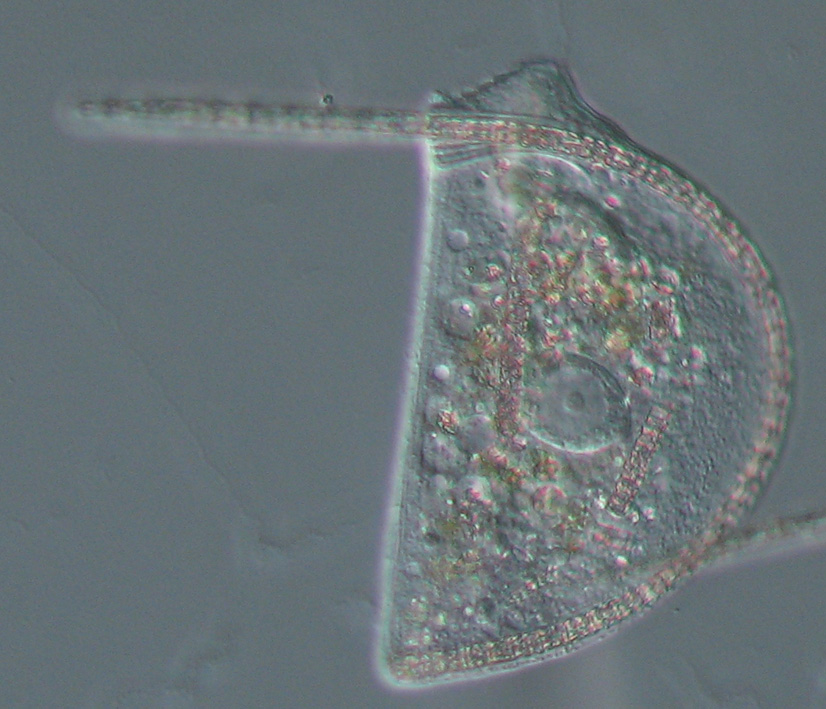Navigation auf uzh.ch
Navigation auf uzh.ch
Sebastian Dirren, Thomas Posch
Collaboration: Dr. Michaela Salcher (Institute of Hydrobiology, Czech Republic)
SNF project 31003A_159842 (2015-2018)
All animals and plants live in symbiosis with several, up to thousands of prokaryotic species, however, this phenomenon is not restricted to multicellular organisms. Protists (unicellular eukaryotes) live in intimate contact with bacteria, and this co-occurrence is a potential playground for symbioses (from mutualism to parasitism). Bacteria interacting with protists are either attached to extracellular structures (ectosymbionts) or inside the host itself (endosymbionts). In this project we study the diverse symbioses of amoeboid species of the genus Nuclearia (Opisthokonta, Dirren et al. 2014) with their endo- and / or ectosymbiotic bacteria, also in view of the fact that a few Nuclearia representatives may have no (or lost) symbionts. Nucleariidae are placed at the animal-fungal boundary, and they are unique in that their ectosymbionts (when present) are loosely arranged in a mucous layer, without a direct contact to hosts. Thus, Nucleariidae are an ideal model group to study the basic principles of symbioses between opisthokonts and prokaryotes.

Gianna Pitsch, Thomas Posch
Collaboration: Dr. Bettina Sonntag + Dr. Barbara Kammerlander (Institute for Limnology, Mondsee, Austria), Prof. Dr. Thorsten Stoeck (University of Kaiserslautern, Germany)
SNF D-A-CH project 310030E-160603/1 (2015-2018)
Aquatic food webs have always fascinated freshwater ecologists and relationships among the involved key players are extraordinary complex networks. Food webs consist of microscopic organisms, including viruses, bacteria, protists and small metazoans that co-occur in seasonal cycles. Elucidating the functional traits of individual planktonic organisms, their food preferences and their potential predators require a close monitoring of their dynamics in a habitat.
The major goal of this project is to identify factors that trigger the variability in ciliate assemblages (Posch et al. 2015) in time (seasonality) and space (spatial distribution) in two lakes. We base our observations upon ciliates because their morphotypes are relatively easy to identify, they have short generation times making them ideal experimental models, and current research on taxonomic marker genes has progressed far compared to other heterotrophic protists. Our international cooperation (D-A-CH) includes three experts on ciliate taxonomy, molecular ciliate ecology, aquatic ecology and computational biology. Through this integrative approach by combining classical morphological analyses with next generation sequencing, a much deeper look into microbial communities will be possible.

Yana Yankova, Thomas Posch, Jakob Pernthaler
Collaboration: Prof. Dr. Owen Petchey + Aurélie Garnier (University of Zurich)
Funding: University of Zurich, URPP – University Research Priority Programs
Climate warming affects the seasonal dynamics of important organisms in Lake Zurich, such as the toxic cyanobacterium Planktothrix rubescens (Posch et al. 2012). There is evidence that spring phytoplankton blooms will become shorter, with knock-on consequences for system-wide biogeochemical processes, e.g. sedimentation rates and lake net heterotrophy. Moreover, changes in environmental conditions might alter competitive relations, allow increased dominance of P. rubescens, and further alter ecosystem processes. The goal of this subproject is to predict system- (i.e., Lake-) wide changes in biodiversity patterns and associated ecosystem processes, by novel coupling of remote and in-situ sensing.
Thomas Posch, Daniel Marty, Eugen Loher
Collaboration: Dr. Oliver Köster (Water Supply Zurich), Dr. Michaela Salcher (Institute of Hydrobiology, Czech Republic)
Lake Zurich (Switzerland) serves as the major source of drinking water for >1.5 million people and is thus of great economic importance. A 40 years long-term dataset of the Limnological Station provides strong evidence, that changes in the mixis regime due to warming is coupled to an increasing importance of the filamentous cyanobacterium Planktothrix rubescens (Posch et al. 2012). In our biweekly monitoring of the lake multiple physical and microbial parameters are determined (Salcher et al. 2011).

Thomas Posch, Bettina Eugster
Funding: SNF 31003A_138473 (2012-2015)
The filamentous cyanobacterium Planktothrix rubescens is generally considered toxic for eukaryotes. Intact cyanobacterial cells contain cyclic heptapeptides (microcystins - MCs) which are potent hepatotoxins and potentially act as tumour promoters on a molecular base. MCs also act as efficient inhibitors of eukaryotic serine/threonine-specific protein phosphatases. Potential consumers (zooplankton and -benthos) get in direct contact with the endotoxins when cyanobacterial filaments are ingested and digested.
Although cyanobacteria are often regarded as inappropriate or toxic food for most consumers, protists and in particular ciliates have been described as efficient predators of cyanobacterial blooms. It is of particular interest to better understand how these ciliates, being eukaryotic organisms, are able to survive a toxic diet. This knowledge will be of great relevance for a better understanding of natural degradation processes of MCs in Lake Zurich.
